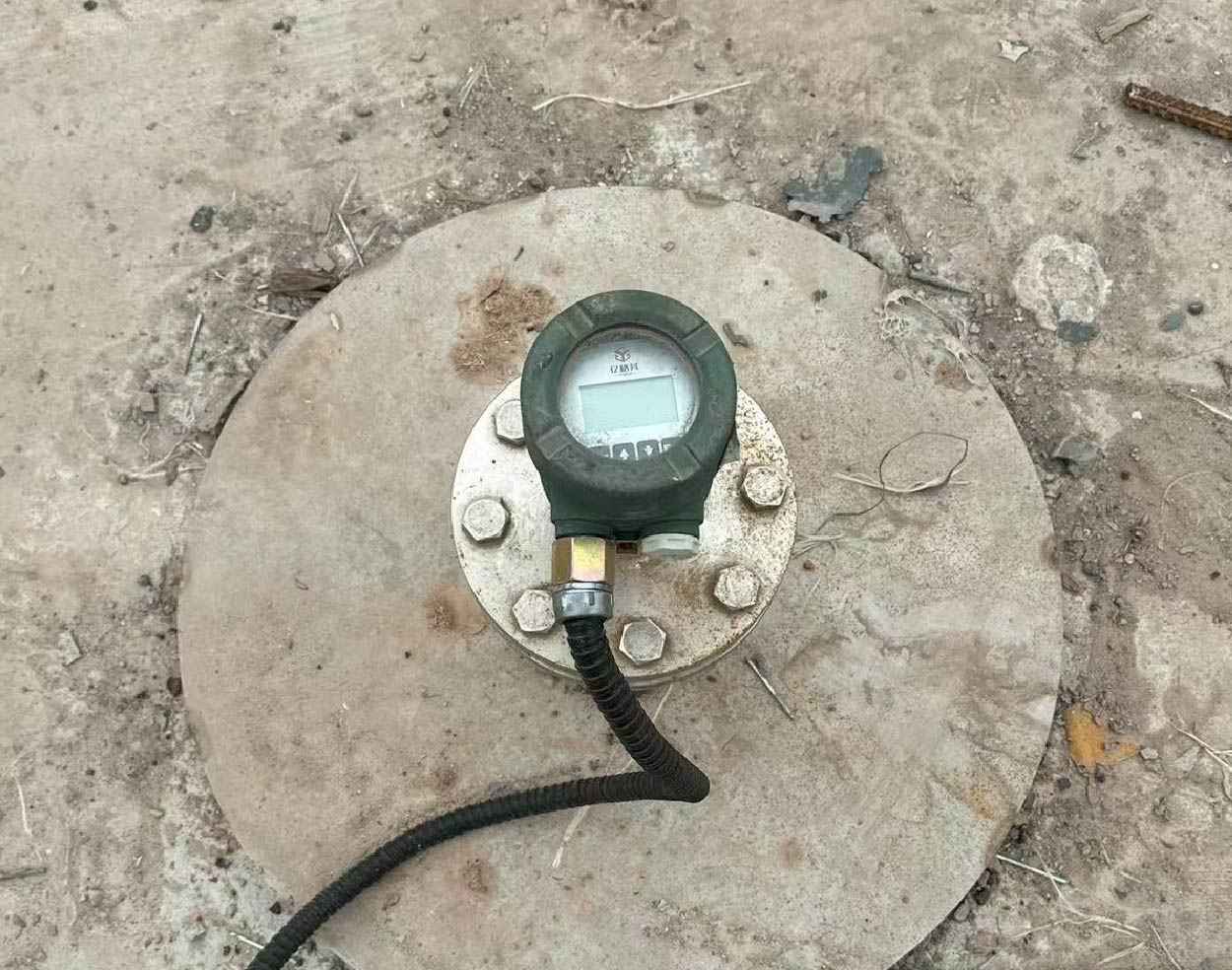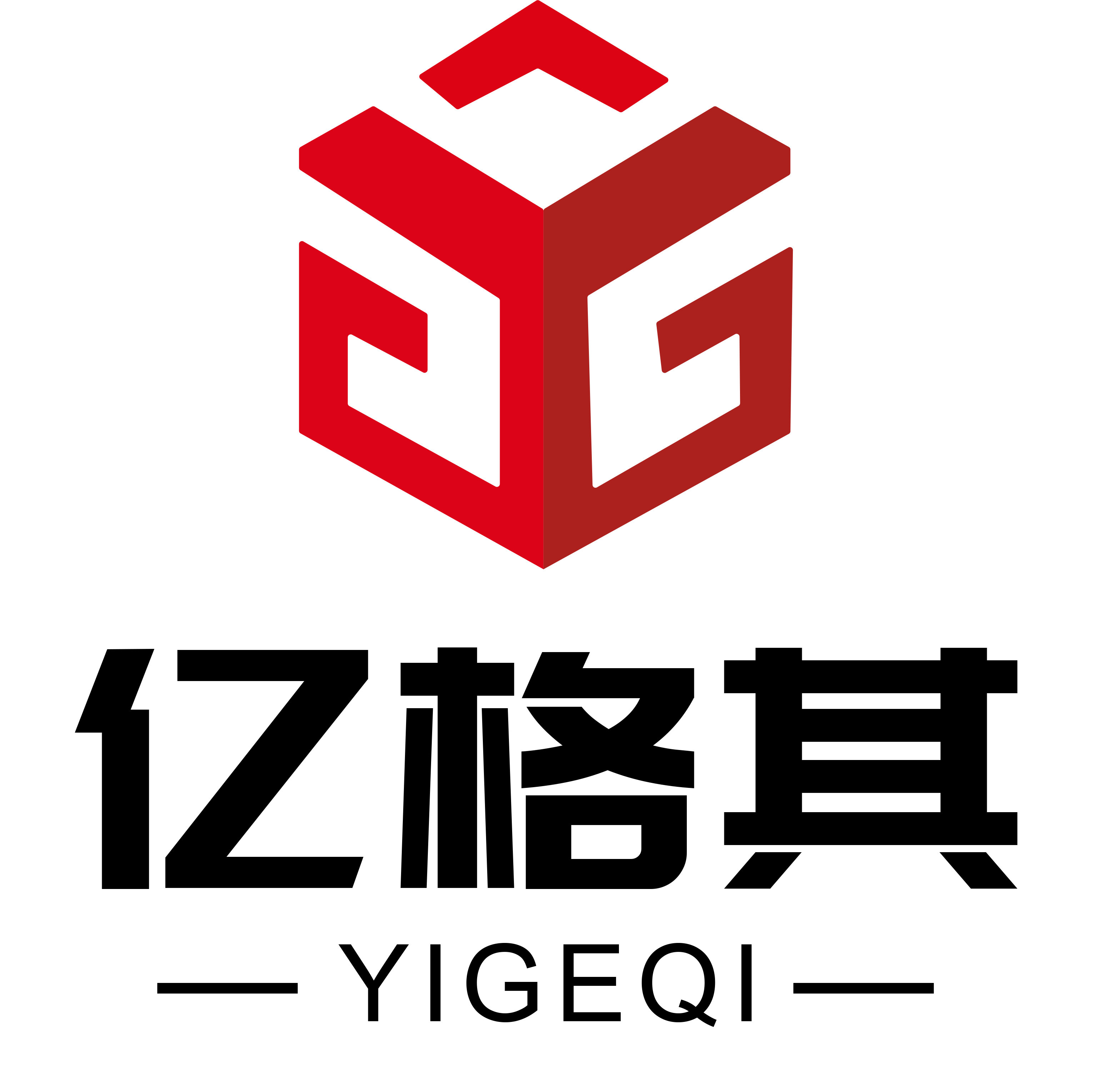In the production and operation of wineries, the water treatment process is of utmost importance as it directly affects the quality of wine and the stability of production. The radar level gauge, with its superior performance, plays a crucial role in this process.

During the raw water storage stage, monitoring the water level of large storage tanks is essential. The radar level gauge is installed at the top of the tank, precisely measuring the water level by emitting microwave signals and receiving the reflected waves. Unaffected by environmental factors such as temperature, humidity, and fog, it can stably provide accurate water level data, whether on a sweltering summer day or a foggy morning. This provides a reliable basis for raw water scheduling and ensures a stable supply of production water for the winery.
When it comes to the sewage treatment process, the situation becomes more complex. Sewage contains a large amount of impurities and foam, which can easily interfere with traditional measuring equipment. However, the radar level gauge can handle this with ease. Its microwave signals can penetrate the foam and accurately reach the sewage surface for precise measurement. In key treatment units such as anaerobic tanks and aeration tanks, the radar level gauge monitors the liquid level in real time, helping operators to reasonably control parameters such as sewage retention time and aeration intensity. This ensures that the sewage treatment meets the required standards, preventing a decrease in treatment efficiency due to improper liquid level control and safeguarding the winery's environmental compliance.
The radar level gauge is also indispensable for the water tanks in the winery's circulating water system. The stability of the liquid level in the circulating water is directly related to the normal operation of processes such as equipment cooling and cleaning. With high-precision measurements, the radar level gauge keeps the water level in the tank within a reasonable range. Once the liquid level deviates from the norm, it immediately sends feedback, prompting operators to adjust the water replenishment or drainage operations in a timely manner. This maintains the efficient operation of the circulating water system, reduces the risk of equipment failures caused by insufficient cooling, and contributes to the stable production of the winery.


